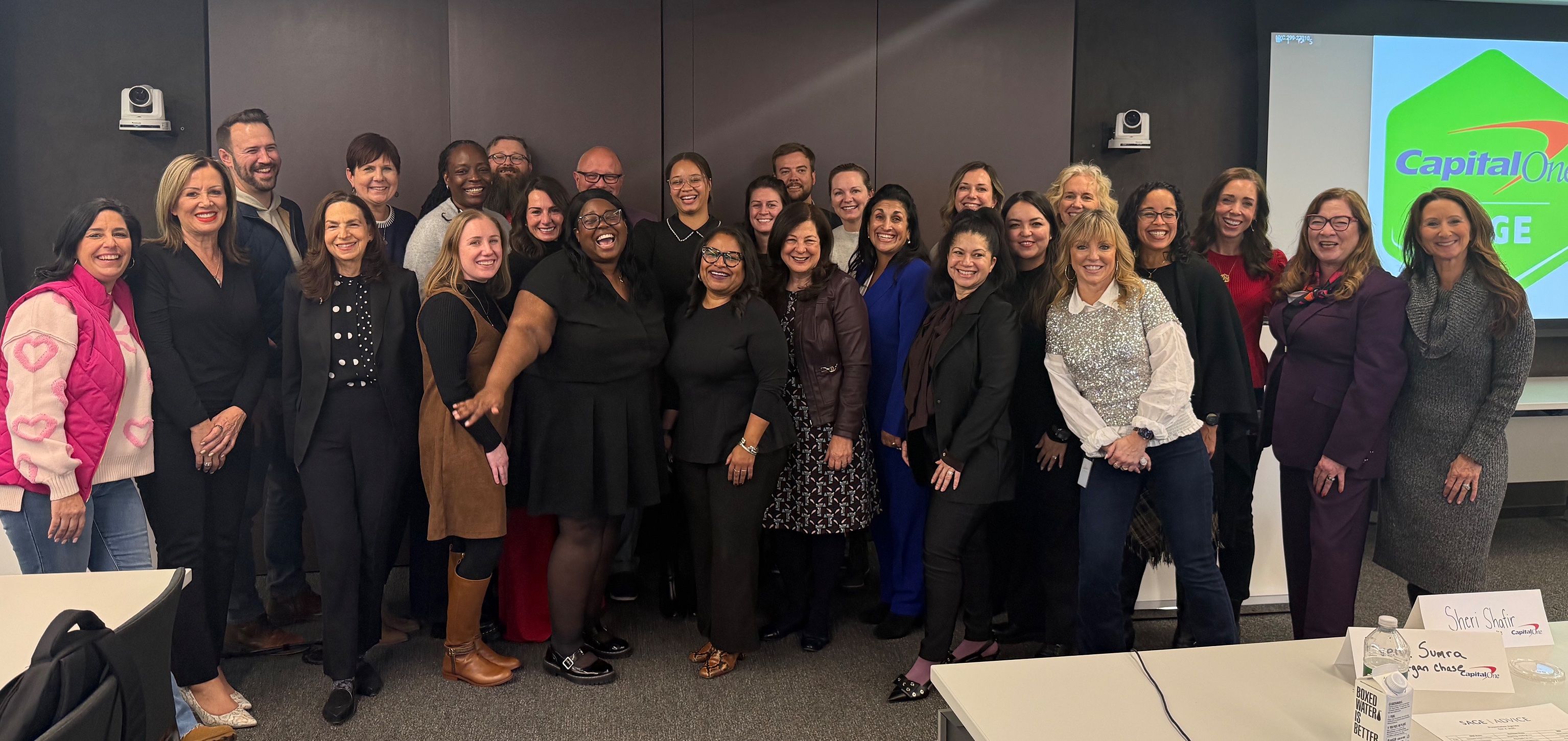Accessibility by Design
Technology has made it ever-more frustrating to navigate our complex daily lives. We are constantly being asked to adapt to and learn new systems in order to accomplish just about anything. Whether shopping on Amazon, navigating through an airport, or reading a book, achieving a desired outcome can become a tangle of challenges. These obstacles can range from distractions in the given environment (distance, visibility, etc.) to ongoing conditions (such as dyslexia). In order to make solutions accessible to everyone, thoughtfulness and consideration should be at the forefront of the design process.
Accessibility vs. Differentiation
In our competitive marketplace, it is important for brands to stand out and captivate viewers. Visual design is typically the primary focus when striving to differentiate a product. However, a captivating experience is not always the most accessible one, and a focus on making something interesting or unique can risk overshadowing ease of use.
A good way to ensure that a product or system is accessible is to design for the simplest common denominator. Problem-solving for the user experiencing the most obstacles is a great practice for balancing accessibility and differentiation. Brand differentiation should be achieved by how your product or system addresses the specific experience of multiple users based on their unique needs. How intuitive is it to achieve your goals?
Familiarity vs. Innovation
People face many challenges when adapting to change. When designing for accessibility, consider how a product has evolved over time. When a product is familiar, the user has achieved an understanding and familiarity – allowing them to operate with ease. Loyalty is achieved with a strong, intuitive relationship between the user and product.
While innovations are a necessary part of every growth strategy, they can be at odds with your users' familiarity and comfort level. Brands and their products are constantly updating to infuse new technology and remain relevant. Many times, in attempting to be innovative, these brands overdo new features, and confuse loyal users by making their once-familiar product difficult to navigate. A careful balance must be struck between familiarity and innovation in order to avoid abrupt changes that might alienate the user. The key to creating this balanced transition is to make incremental and gradual changes.
Consider the User Journey from Multiple Perspectives
As users, we are all looking to achieve different outcomes, and we all face different obstacles. When designing an accessible user experience, it is important to understand established behaviors, habits, and assumptions. A successful design is the integration of the reliable brand experience combined with a thoughtfully-considered journey map from multiple perspectives.
Odgis + Co is an award-winning brand design studio based in New York City. For 30 years, Janet Odgis has worked with some of the world's most prestigious corporations reinventing ways to define and express their brands. She is a contributer to HuffPost and shares articles on LinkedIn.



